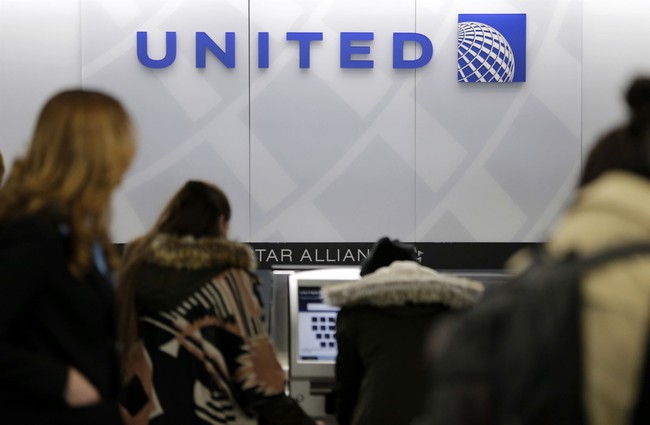Despite ongoing internal reviews and safety investigations, Boeing can’t seem to break its streak of bad luck when it comes to the company’s troubled 737 Max line of aircraft. After recent incidents of a mid-flight blowout and missing hardware, another flight landing in New Jersey last month reported a different and potentially worrisome issue. A United Airlines 737 Max 8 was coming in for a landing at Newark Liberty International Airport when the pilots reported that they were experiencing “stuck rudder pedals.” Considering the important role those rudders perform while navigating the aircraft, that’s a problem. Thankfully, the plane was still able to land successfully and make its way to the terminal with all 155 passengers and crew being able to deplane without any injuries being reported. (Fox Business)
Federal officials are investigating another incident involving a Boeing 737 Max jet after pilots reported issues with the rudder pedals after landing in New Jersey last month.
On February 6, a 737 Max 8, operated by United Airlines, “experienced ‘stuck’ rudder pedals during the landing rollout at Newark Liberty International Airport,” according to a preliminary report from the National Transportation Security Board (NTSB). The rudder controls the yaw motion of an aircraft.
The pilots reported that the plane was able to taxi to the gate “without further incident” and all 155 passengers and six crew members were able to deplane. No injuries were reported.
The pedals in question control the “yaw” of the aircraft. Planes navigate by using a combination of control surfaces to adjust the aircraft’s roll, pitch, and yaw. Changing the yaw allows the pilot to turn the craft to the left or the right during level flight, while the roll and pitch adjust the “banking” and ascent or descent of the plane respectively. You can still navigate (carefully) to a certain degree without yaw control, but that’s not how it’s supposed to work.
Testing all of the cockpit controls including the operation of the pedals is part of the standard preflight check. Assuming the pilots did this (and I certainly hope we can assume that), it sounds as if the rudder control system must have failed during the flight. A disaster was thankfully avoided in New Jersey last month, but this will probably add to the unease being felt by an already nervous flying public. It’s also worth noting that this was a 737 Max 8. That’s supposed to be the model that presumably has all of the bugs worked out of it. It’s the newer Max 9 series that’s been under scrutiny recently.
Speaking of being nervous, another Boeing jetliner got into trouble in California on Thursday. A different United Airlines flight took off from San Francisco en route to Osaka, Japan, but the plane had barely begun to gain altitude when one of its tires simply fell off. The plane was diverted to Los Angeles where it landed safely without incident. (CNN)
The Federal Aviation Administration is investigating a United Airlines flight that lost a tire while taking off from San Francisco International Airport, damaging several cars in a parking lot before the plane safely landed at Los Angeles International Airport, the agency said.
The plane “lost a portion of landing gear tire during takeoff,” around 11:35 a.m. Thursday as the flight departed for Osaka, Japan, the San Francisco airport’s spokesperson, Doug Yakel, told CNN. United Airlines confirmed the plane lost one tire after takeoff.
This plane wasn’t a 737 Max, by the way. It was a 777, one of the truly massive jetliners. And the tires on that plane are enormous. This one came down in the parking lot basically destroying one car and damaging a few others.
Here’s a photo of the damage caused in the parking lot.

The Boeing 777 has six tires on each of its landing gear struts, so it can take off or land safely with a couple of them missing, but that’s still a disturbing thing to observe. Someone could have been getting into or out of one of those cars and this would have been a very different story. We’re still entitled to wonder how something like this can happen, though. The software systems that control these massive planes are vastly more complex and most of us could grasp, so it’s perhaps understandable when they run into a glitch. But how in Sam Hill does a tire just fall off? Did the guy with the lug wrench not show up for work that day? If Boeing is trying to calm everyone’s nerves and convince us that they’re not just shipping out a fleet of flying junkyards, they’re not doing a very good job.

